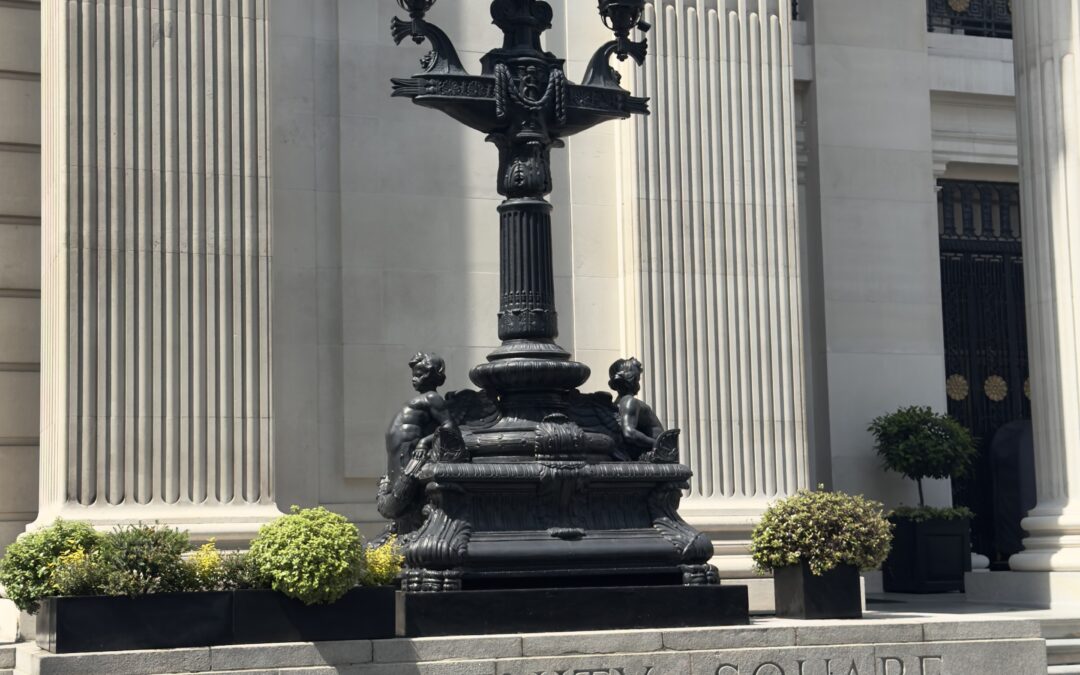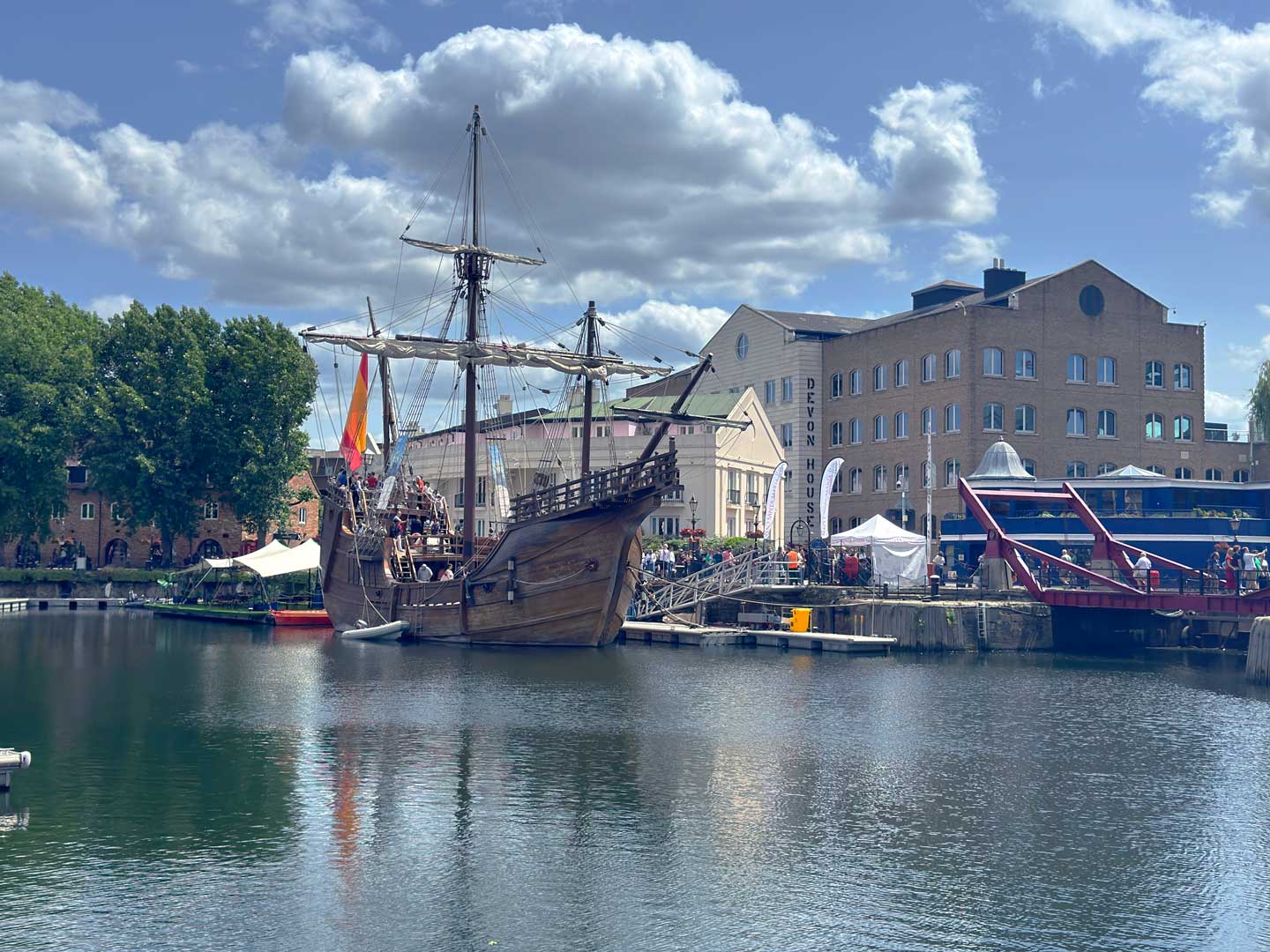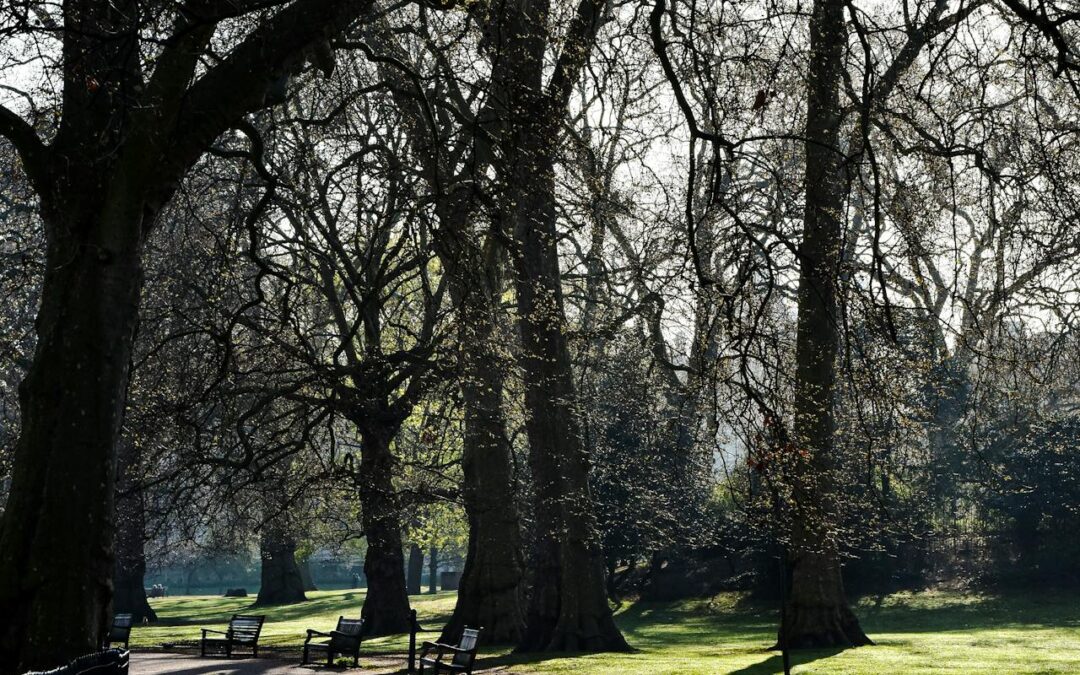
SUPERMAN SOARS ABOVE LONDON IN FIRST-EVER SKYLINE SCULPTURE AT THE SHARD
SPECTACULAR DISPLAY APPEARS TO HOVER OVER LONDON AHEAD OF THE RELEASE OF DC STUDIOS’ ‘SUPERMAN’, IN CINEMAS 11th JULY
- A Superman sculpture has been unveiled over 300 metres above London
- The iconic sculpture installation marks the first time London and western Europe’s tallest building has been transformed for a cinematic superhero moment
- The sculpture is positioned within the spire of The Shard, the UK and Western Europe’s tallest building
- Cast members joined the 11ft figure for the launch, including an aerial fly-by from a Daily Planet helicopter
- Sculpture is based on David Corenswet as ‘Superman’, releasing in cinemas Friday 11th July
- Londoners encouraged to ‘Look Up’ – the film’s official tagline – with the figure visible from 40 miles away (list of best vantage points in notes to editors)
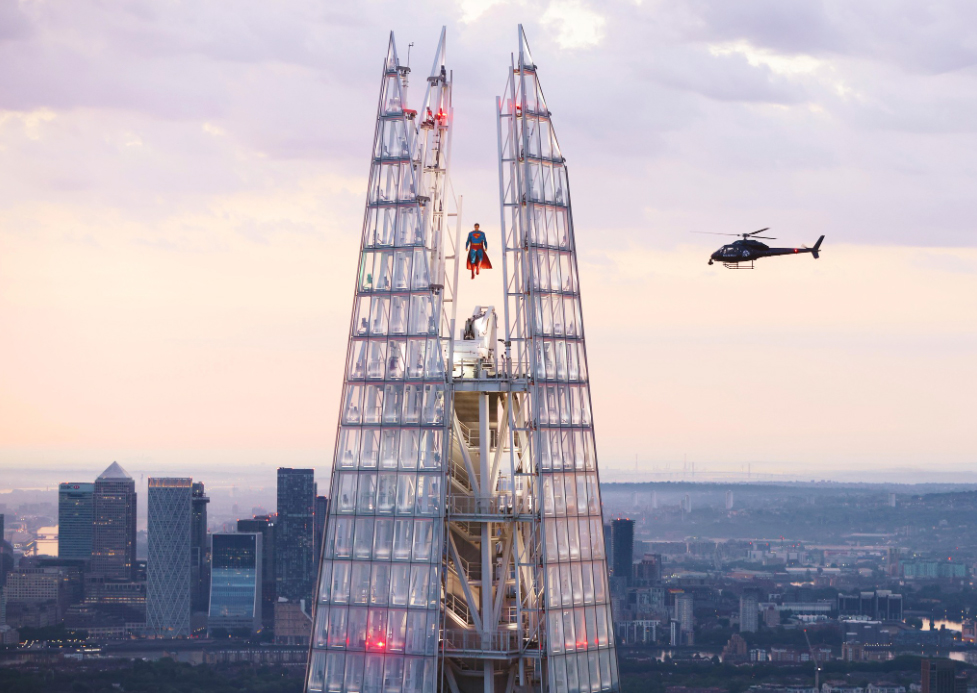
“Is it a bird… is it a plane…? London Looks Up as a hyper-realistic sculpture of Superman is displayed over 300 metres above the city, hovering between the spires of The Shard, London’s tallest building. In place for a whole day and visible from 40 miles away, the spectacular stunt took place to promote the release of the new film ‘Superman’, in cinemas across the UK and Ireland on Friday 11th July.
London, 1st July 2025
This morning, Londoners looked skyward as Superman appeared, suspended over 300 metres above the capital within the exposed spire of The Shard.
Created to celebrate the release of DC Studios ‘Superman’, the new film from director James Gunn, in cinemas from 11th July, the striking sight marks an unprecedented stunt for the iconic skyscraper and the highest-ever public sculpture display in the UK.
With early risers spotting the unmistakable figure majestically floating at the peak of London’s tallest building from 5am, crowds soon gathered in the London Bridge area to get a glimpse of Superman himself.
With the new film’s tagline ‘Look Up’, London was invited to do exactly that, with the figure visible from up to 40 miles away for an entire day, at times circled by two Daily Planet branded helicopters, a nod to the iconic newspaper in the film. Meanwhile, three of the film’s stars – David Corenswet (Clarke Kent / Superman), Rachel Brosnahan (Lois Lane) and Nicholas Hoult (Lex Luthor) – made an appearance on the spire’s highest platform beneath the sculpture.
James Gunn, writer and director of Superman and Co-Chairman of DC Studios, said of the stunt: “To see such a realistic depiction of our Superman displayed on the top of The Shard is mind-blowing!”
Daniel Fulbrook, Head of Marketing for REM, asset manager of The Shard, said: “Superman has stood as a symbol of hope and heroism for generations — so it feels only fitting that he now watches over London from the top of one of its most iconic landmarks.
“To see him suspended within The Shard’s spire is truly surreal. We’re incredibly proud to help bring this legendary figure to life in such a bold and breathtaking way.”
Based on 3D scans and extensive reference of the actor and costume and in close consultation of filmmakers, the sculpture consists of a welded steel framework – appropriate for the hero known as the ‘Man of Steel’ – with a fibreglass body moulded in ECO resin, supported by galvanised steel cables attaching it to the iconic building.
Four months in the making and over 2,000 man hours with a team of over 20 working around the clock, the 120kg sculpture even had to be constructed from its 9 complex sections yesterday at the very top platform of the Shard, before being hoisted into position in the early hours of this morning by a team of over twenty.
Warner Bros. Pictures’ and DC Studios’ ‘Superman’ is released in cinemas across the UK and Ireland from Friday 11th July.
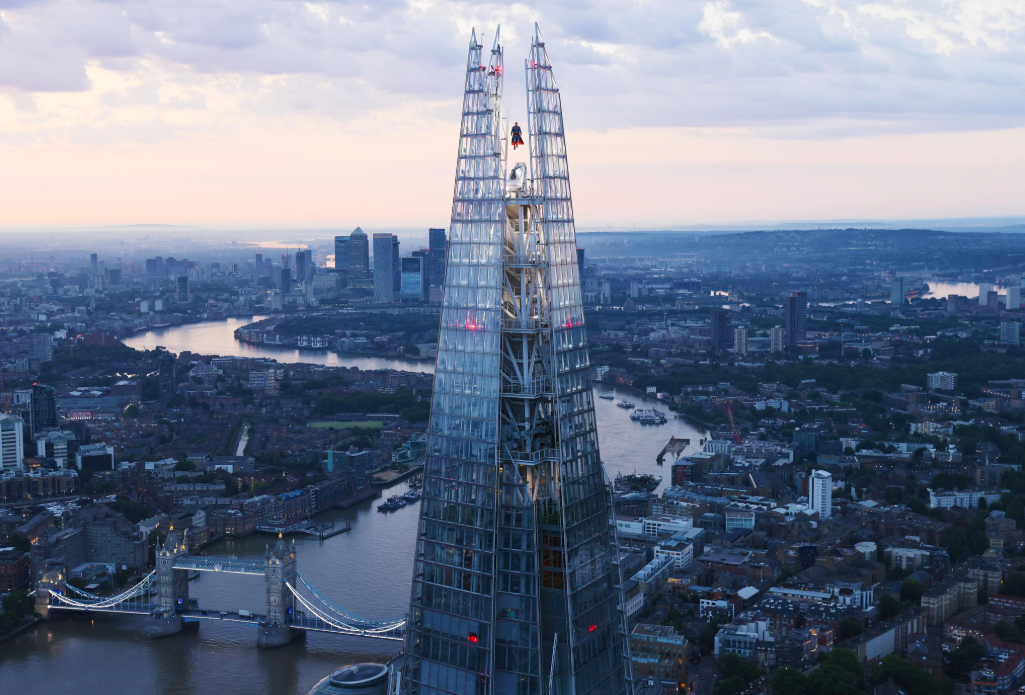
FACTS AND FIGURES ABOUT THE STUNT
- Statue is 11ft/3.5m tall and weighs over 120kg
- Consists of welded steel framework and a fibreglass body created from ECO resin mould
- Actor David Corenswet was 3D scanned during production and pose translated to physical figure, supported by extensive references for the costume and cape
- Pose depicts character with one leg dynamically bent and head looking down, as if hovering protectively over London
- Statue took four months to create and 2,000 man hours to create by a team of over 20
- Statue displayed at over 300 metre height, making it the highest ever display of a public sculpture
- At 310 metres high, The Shard is the tallest building in Western Europe
- The Shard’s spire is visible over 40 miles away, but fans are being encouraged to visit the locations below for the best, unobstructed views of the statue:
- Borough Market – various vantage points on Cathedral St, SE1 9DE
- Corner of Stoney St and Southwark St, SE1 9AF
- Maiden Lane, SE1 9HG
- Sumner Street, SE1 9HZ
- Southwark Bridge (south side), SE1 9HS

About Superman
In Cinemas July 11th 2025
Trailer: https://youtu.be/KymrMQKEZ2I?si=GD3gmX_WB3YWGdLP
Download Available via Panther
Poster Available On Media Pass https://mediapass.warnerbros.com/
Directed By: James Gunn
Starring: David Corenswet, Rachel Brosnahan, Nicholas Hoult, Edi Gathegi, Anthony Carrigan, Nathan Fillion, Isabela Merced, Skyler Gisondo, Sara Sampaio, María Gabriela de Faría, Wendell Pierce, Alan Tudyk, Pruitt Taylor Vince, Neva Howell
“Superman,” DC Studios’ first feature film to hit the big screen, is set to soar into theaters worldwide this summer from Warner Bros. Pictures. In his signature style, James Gunn takes on the original superhero in the newly imagined DC universe with a singular blend of epic action, humor and heart, delivering a Superman who’s driven by compassion and an inherent belief in the goodness of humankind.
DC Studios heads Peter Safran and Gunn are producing the film, which Gunn directs from his own screenplay, based on characters from DC, Superman created by Jerry Siegel and Joe Shuster.
The film stars David Corenswet (“Twisters,” “Hollywood”) in the dual role of Superman/Clark Kent, Rachel Brosnahan (“The Marvelous Mrs. Maisel”) as Lois Lane and Nicholas Hoult (the “X-Men” movies, “Juror #2”) as Lex Luthor. The film also stars Edi Gathegi (“For All Mankind”), Anthony Carrigan (“Barry,” “Gotham”), Nathan Fillion (the “Guardians of the Galaxy” films, “The Suicide Squad”), Isabela Merced (“Alien Romulus”), Skyler Gisondo (“Licorice Pizza,” “Booksmart”), Sara Sampaio (“At Midnight”), María Gabriela de Faría (“The Moodys”), Wendell Pierce (“Selma,” “Tom Clancy’s Jack Ryan”), Alan Tudyk (“Andor”), Pruitt Taylor Vince (“Bird Box”) and Neva Howell (“Greedy People”).
“Superman” is executive produced by Nikolas Korda, Chantal Nong Vo and Lars Winther. Behind the camera, Gunn is joined by frequent collaborators, including director of photography Henry Braham, production designer Beth Mickle, costume designer Judianna Makovsky and composer John Murphy, along with composer David Fleming (“The Last of Us”) and editors William Hoy (“The Batman”) and Craig Alpert (“Deadpool 2,” “Blue Beetle”).
DC Studios Presents a Troll Court Entertainment/The Safran Company Production, A James Gunn Film,“Superman.”
Superman will be released in the UK on 11th July 2025 by Warner Bros. Pictures.
FOR ALL PUBLICITY ENQUIRIES CONTACT:
SOCIAL CHANNELS:
https://facebook.com/WarnerBrosUk
https://X.com/WarnerBrosUK
https://instagram.com/WarnerBrosUk/
https://www.tiktok.com/@warnerbrosuk?lang=en
About The Shard
The Shard at 310m high (1,016 ft), is Europe’s first vertical city. Designed by Renzo Piano Building Workshop, it comprises a 26-floor office complex, six world-class bars and restaurants (Aqua Shard, Oblix, Hutong, TĪNG, GŎNG and Bar 31), a 19-floor five-star hotel (Shangri-La) and the UK’s highest viewing gallery (The View from The Shard). A floor-by-floor guide to The Shard can be found here:

